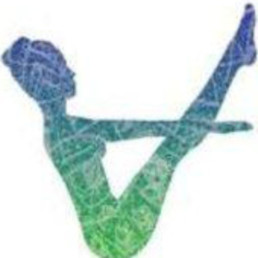A Brief Guide to Pilates Apparatuses Part 1
If you’re a newcomer to Pilates, you might be intimidated by all the different apparatuses involved in the practice. This is a normal response, as the equipment probably looks nothing like the stuff you’re accustomed to seeing at ordinary fitness centers. But a little knowledge goes a long way toward dispelling any anxiety or hesitancy you might have about walking into a Pilates studio, signing up for a class, and using the equipment, so here is a brief guide you can read to familiarize yourself with some of the most common Pilates apparatuses.
The Reformer
Every Pilates studio worth its salt will have a couple of Reformers on hand for practitioners to use. The Reformer is a flat bed that features a sliding carriage and various attachments, such as bars, cables, and straps. The Reformer allows users to perform a full body workout that targets large and small muscle groups in the core, arms, back, and legs. The amount of resistance applied to each exercise can be adjusted for an easier or more challenging workout depending on the day’s goals and helps yield excellent results with consistent use.
The Wunda Chair
Originally designed by Joseph Pilates to serve double duty as exercise apparatus and functional furniture, the Wunda Chair is another staple in modern Pilates studios. It’s essentially a low, boxlike contraption with a seat area and a pedal board with two adjustable springs. Despite the Wunda Chair’s simple appearance, it can be used for a surprisingly wide variety of leg and ab exercises at different resistance levels.
The Ladder Barrel
With ladder rungs on one side and an arced, padded half-barrel on the other, the Ladder Barrel apparatus is a fixture in any Pilates studio. This apparatus is ideal for the kinds of stretching, toning, and lengthening exercises that help give Pilates practitioners the long and lean look they desire. There are a number of core and ab exercises that can be completed on the Ladder Barrel as well, including crunches and side sit-ups.
Now that you know a little bit about the purpose and function of three of the most common Pilates apparatuses, we hope you’ll be more confident about taking the next step and joining your first class!

